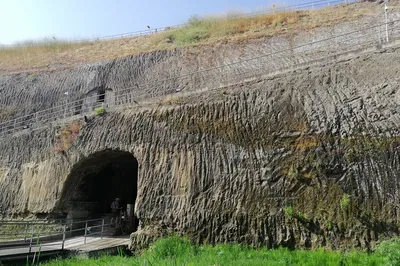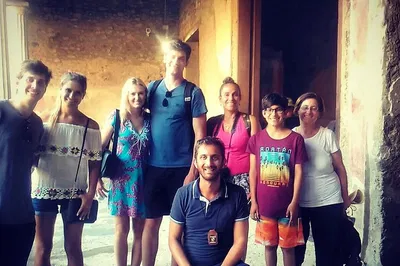Herculaneum: Unveiling Roman Aristocracy's Coastal Paradise
120
Overview
The Herculaneum walking tour unveils a luxurious Roman resort, buried by Vesuvius. Unlike commercial Pompeii, Herculaneum showcases well-preserved wooden structures due to unique pyroclastic material. Explore a small but telling area, revealing the high social standing of its ancient residents and offering insights into their sophisticated lifestyle.

Highlights
Remarkably Preserved Wooden Structures: Unlike Pompeii, Herculaneum's unique burial process preserved organic materials, allowing visitors to witness intact wooden beams, furniture, and even ropes, offering an unparalleled glimpse into daily Roman life.
A Glimpse into Aristocratic Life: Herculaneum was a resort town for the Roman elite. The tour showcases luxurious homes and opulent details, providing insights into the sophisticated lifestyles of the Roman aristocracy.
Less Crowded Than Pompeii: Herculaneum offers a more intimate and less overwhelming experience compared to the larger, more crowded site of Pompeii, allowing for a more focused exploration.
Expert Guided Tours Available: Enhance your visit with a knowledgeable guide who can bring the history of Herculaneum to life, providing context and insights into the ruins and the lives of its former inhabitants.
Sentiment Analysis
Herculaneum receives overwhelmingly positive reviews for its exceptional preservation and intimate experience, although the limited accessible area and need for guided tours are minor drawbacks.

Visitors praise the site's excellent preservation, offering a vivid glimpse into Roman life.
The smaller size makes it more manageable and less crowded than Pompeii.
Knowledgeable guides enhance the experience with historical insights.
The ability to see wooden structures and artifacts is highly appreciated.
Limited accessible area means visitors only see a fraction of the original city.
Some find the lack of comprehensive information at the site frustrating without a guide.





